Zero-Click Content
What is Zero-Click Content?
Zero-click content is content that provides all the necessary information directly in the search engine results page (SERP), eliminating the need for users to click through to a website. This can include featured snippets, knowledge panels, answer boxes, and other rich search results. Zero-click content aims to deliver quick and concise answers to user queries, enhancing the search experience by providing immediate information.
Why is Zero-Click Content Important?
Zero-click content is important because it improves the user experience by delivering fast and relevant answers directly in the SERP. This can increase user satisfaction and trust in the search engine. For content creators, optimizing for zero-click content can enhance visibility and brand authority, as featured snippets and rich results often appear at the top of search results. While zero-click content may reduce direct traffic to a website, it can still drive brand awareness and engagement by positioning the content as a trusted source of information.
Best Practices for Creating Zero-Click Content
1. Identify Relevant Queries
Identify relevant queries and keywords that are likely to trigger zero-click content, such as "how-to," "what is," "why," and other informational queries. Use keyword research tools to find popular and relevant questions in your industry.
2. Provide Clear and Concise Answers
Create content that provides clear, concise, and direct answers to the identified queries. Use bullet points, numbered lists, and short paragraphs to present information in an easily digestible format. Concise answers increase the chances of being featured in zero-click content.
3. Use Structured Data Markup
Implement structured data markup (schema.org) to help search engines understand the content and context of your page. Structured data enhances the chances of your content being featured in rich search results and zero-click content.
4. Optimize for Featured Snippets
Optimize your content for featured snippets by including relevant keywords and structuring your content to answer specific questions. Use headings, subheadings, and lists to organize information. Featured snippets often appear as zero-click content.
5. Focus on User Intent
Focus on addressing the user intent behind the queries. Understand what information users are seeking and provide comprehensive and accurate answers. Meeting user intent enhances the relevance and value of your content.
6. Update and Refresh Content
Regularly update and refresh your content to ensure it remains current and relevant. Add new information, update statistics, and address any changes in the topic. Fresh content is more likely to be featured in zero-click content.
7. Include Visuals and Infographics
Use visuals and infographics to present information in a visually appealing and easily understandable format. Visual content can enhance the user experience and increase the chances of being featured in rich search results.
8. Optimize Headings and Subheadings
Use clear and descriptive headings and subheadings to organize your content. Headings help search engines understand the structure of your content and identify relevant sections for zero-click content.
9. Monitor Performance
Monitor the performance of your zero-click content using analytics tools. Track key metrics such as impressions, clicks, and engagement. Analyzing performance data helps identify successful strategies and areas for improvement.
10. Adapt to Changes in Search Algorithms
Stay informed about changes in search algorithms and best practices for zero-click content. Adapt your content strategy based on updates and trends to maintain visibility and relevance. Staying updated ensures that your content remains effective.
By following these best practices, you can create zero-click content that enhances user experience, improves visibility in search results, and supports your overall content marketing goals.
For more terms, return to the content marketing glossary and freelance writing glossary.

